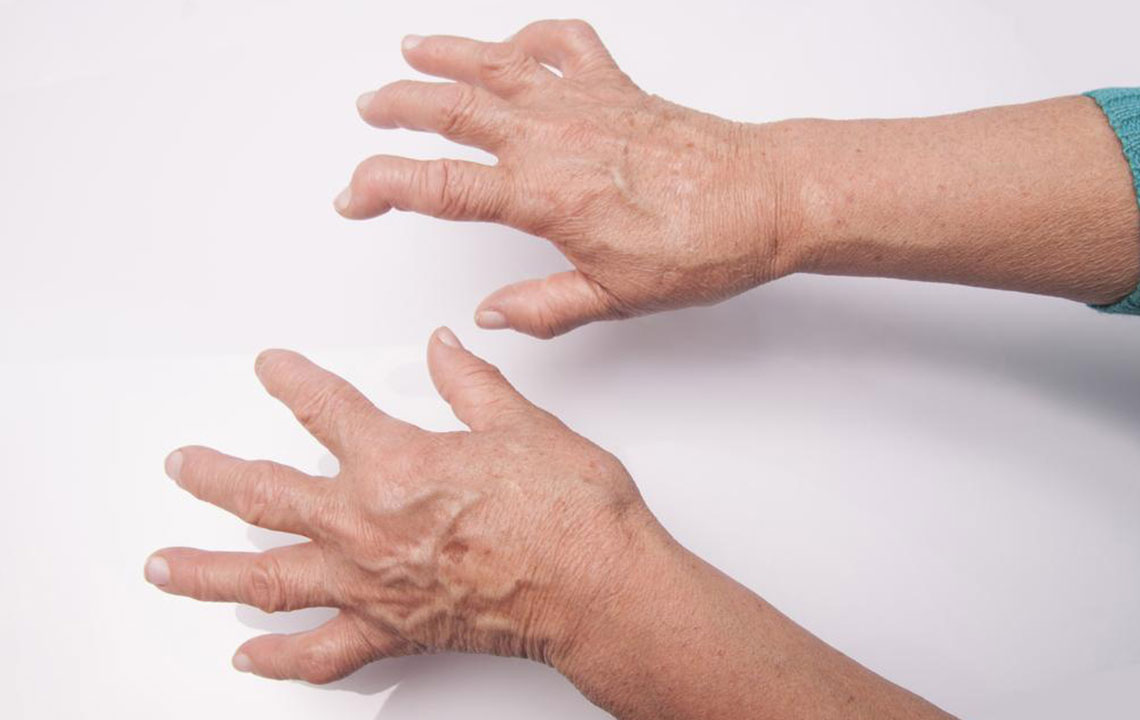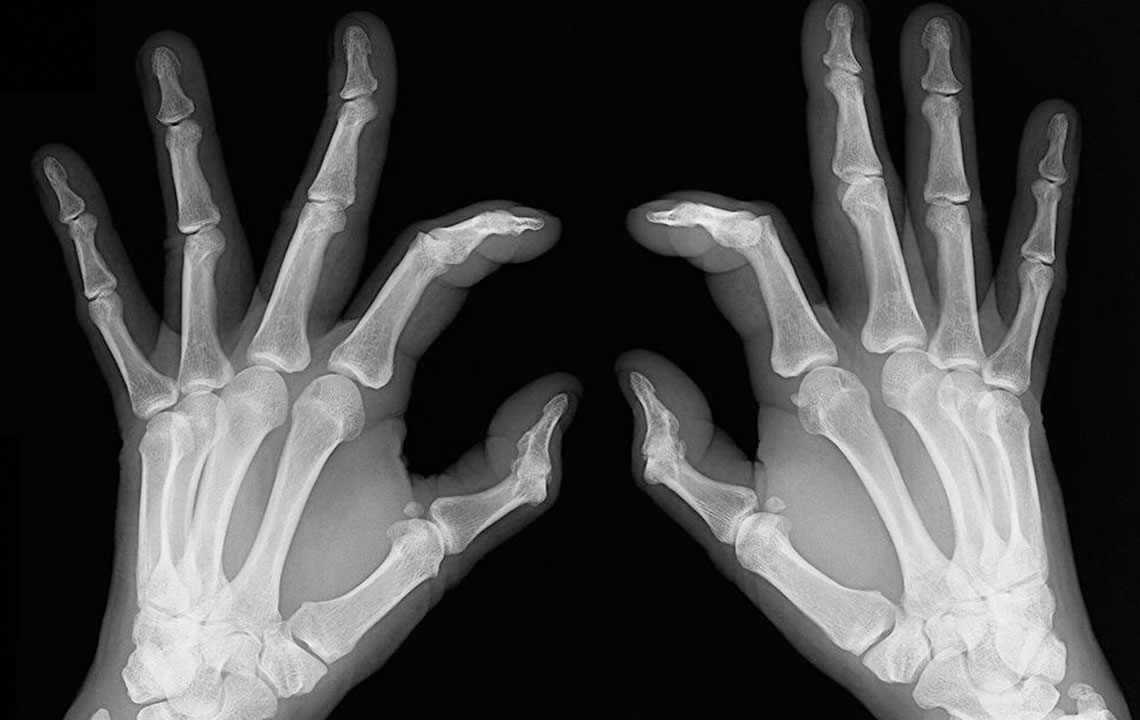Understanding Tendonitis: Causes, Symptoms, Progression, and Prevention Tips
Tendonitis involves inflammation of tendons caused by repetitive strain or overuse. The condition affects various joints, especially in older adults, and ranges from mild discomfort to severe pain. Early recognition and treatment, including rest, ice, and proper management, can prevent progression to rupture. In severe cases, surgical intervention may be necessary. Understanding symptoms and stages helps in timely treatment, reducing the risk of permanent damage and improving recovery outcomes.

Understanding Tendonitis: Causes, Symptoms, Progression, and Prevention Tips
Tendons are strong, fibrous tissues connecting muscles to bones, and inflammation of these tissues is known as tendinitis. This condition can impact any tendon but is most common around shoulders, elbows, wrists, knees, and heels. Early treatment is vital to prevent worsening, which could lead to tendon rupture requiring surgery. Tendonitis is often caused by repetitive motions or overuse, especially in activities or jobs that strain these tissues. Recognizing symptoms early can help avoid severe damage and chronic issues.
Causes of Tendonitis
Inflammation of tendons results mainly from repetitive strain or overuse. Commonly affected areas include the base of the thumb and the tendons around the elbow, but calcium deposits can also contribute. Repeated motions from sports, work activities, or aging can cause micro-tears and inflammation. Tendonitis is more prevalent in individuals over 40 due to decreased tendon resilience and flexibility. Awareness of risk factors and early signs can aid in prevention.
Symptoms of Tendonitis
Pain that worsens with movement
Stiffness and limited joint mobility
A crackling or grating sensation during movement
Swelling, redness, or warmth around the affected area
Difficulty performing activities like opening jars or lifting objects
Swelling at the base of fingers or around the wrist
Pain in the wrist, especially near the thumb or pinkie
Stages of Tendonitis
Inflammation can lead to stiffness and swelling, with severity increasing if untreated. Tendonitis can affect anyone, regardless of athletic ability.
Stage 1
Early on, activity may cause fatigue or mild discomfort without impacting performance. Rest, stretching, and ice application help reduce stress on the tendon.
Stage 2
Pain appears at activity start and ends afterward, but performance stays intact. Identifying causes early helps tailor treatment. Focus on muscle balancing exercises to alleviate strain.
Stage 3
Discomfort occurs during and after activity, slightly affecting performance. Limiting activity to 50% is advisable to prevent worsening.
Stage 4
Persistent pain before, during, and after activity severely impacts function. Rest and medical intervention become necessary at this stage to prevent further damage.
Non-surgical Treatments and Management
Rest, ice, compression, and elevation are effective for managing tendonitis. Avoid repetitive activities causing strain, wear supportive braces, and take prescribed painkillers if needed. Proper technique during sports or work and ergonomic adjustments help prevent recurrence. In persistent cases, consulting a healthcare professional for tailored therapy or physical therapy is recommended.
Surgical Options
Surgery may be required for severe cases involving tendon realignment, removal of bone spurs, or calcium deposits. Chronic overuse can weaken tendons, leading to rupture, which may necessitate surgical repair. Once tendons are irreversibly damaged, options become limited, emphasizing the importance of early intervention.










